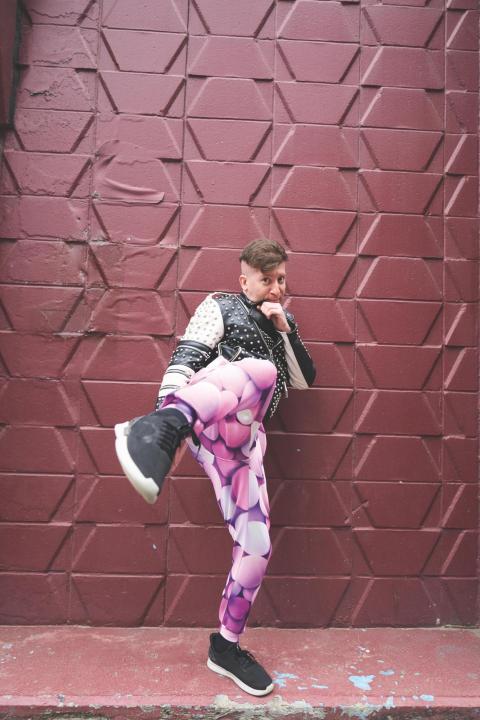Using Anaphora to Create Memorable Lyrics

Ben Camp
Image by Kelly Davidson
Lyrics inspire us. Lyrics connect our hearts and minds. Lyrics compel us to act.
So how do you write lyrics that inspire, excite, connect, and compel? In this article you’ll learn how to liven up your lyrics with a type of repetition called anaphora.
Anaphora is a rhetorical technique that can be traced back thousands of years to ancient Greece. Anaphora has traveled throughout millenia, across cultures and languages, to influence audiences and readers alike. Anaphora is the repetition of a word or phrase at the beginning of successive sentences or units of writing—like the placement of the word “anaphora” at the beginning of each sentence in this paragraph. Anaphora helps your listeners remember your words and connect your ideas.
Anaphora is a technique so powerful that, even though Martin Luther King Jr.’s famous 1963 speech contained more than 1,500 words, you likely know it by the four most famous ones: “I have a dream.” These words appear only eight times, but they are the words everyone remembers, and they are the words that moved a nation.
But does anaphora show up in songwriting? Of course! Let’s look at a few examples within several genres.
In Judy Garland’s Academy Award–winning performance of “Over the Rainbow,” she paints a picture of a better place in each A section with the title phrase “somewhere over the rainbow.” As in King’s speech, it conjures a sense of hopeful optimism:
Somewhere over the rainbow, way up high
Somewhere over the rainbow, skies are
blue
Somewhere over the rainbow,
blue birds fly
Stevie Wonder makes use of anaphora in his Billboard no. 1 song “Superstition.” The title phrase appears multiple times across verses, each time setting up an ominous scene:
Very superstitious, writing’s on the wall,
Very superstitious, ladders ’bout to fall,
Very superstitious, nothin’ more to say,
Very superstitious, the devil’s on his way
Anaphora can also reinforce a personal thought. On Kendrick Lamar’s Grammy and Pulitzer-winning album DAMN., the song “FEAR.” has no less than 12 lines that begin with the phrase “I’ll prolly die”:
I’ll prolly die anonymous
I’ll prolly die with promises
I’ll prolly die walkin’ back home from
the candy house
I’ll prolly die ’cause these colors are
standin’ out
Kendrick’s use of anaphora here creates an exhaustive list, an inescapable train of thought. These lyrics leave us haunted with his imagery; we can feel his obsession and fixation.
Anaphora can also be used in lighter contexts. In Semisonic’s hit song “Closing Time” anaphora provides a memorable hook in the verses. The phrase “closing time” feels more like an inviting chant, and is followed each time by a different scene of a bar closing:
Closing time, open all the doors
Closing time, turn all of the lights on
Closing time, one last call for alcohol
Closing time, you don’t have to go home
but you can’t stay here
Anaphora makes it easy to sing along. Anaphora makes the lyrics easy to remember. Anaphora connects multiple ideas, lines, and even sections of a song to a single point of departure. Anaphora is a classic tool used by songwriters and speechwriters across the centuries.
Does anaphora belong in your next song?
Ben Camp, an associate professor in Berklee's Songwriting Department, teaches the Berklee Online course Songs Unmasked: Techniques and Tips for Songwriting Success, Part of Berklee Online's Master of Arts in Songwriting Program.
This article appeared in the spring/summer 2022 issue of Berklee Today.




